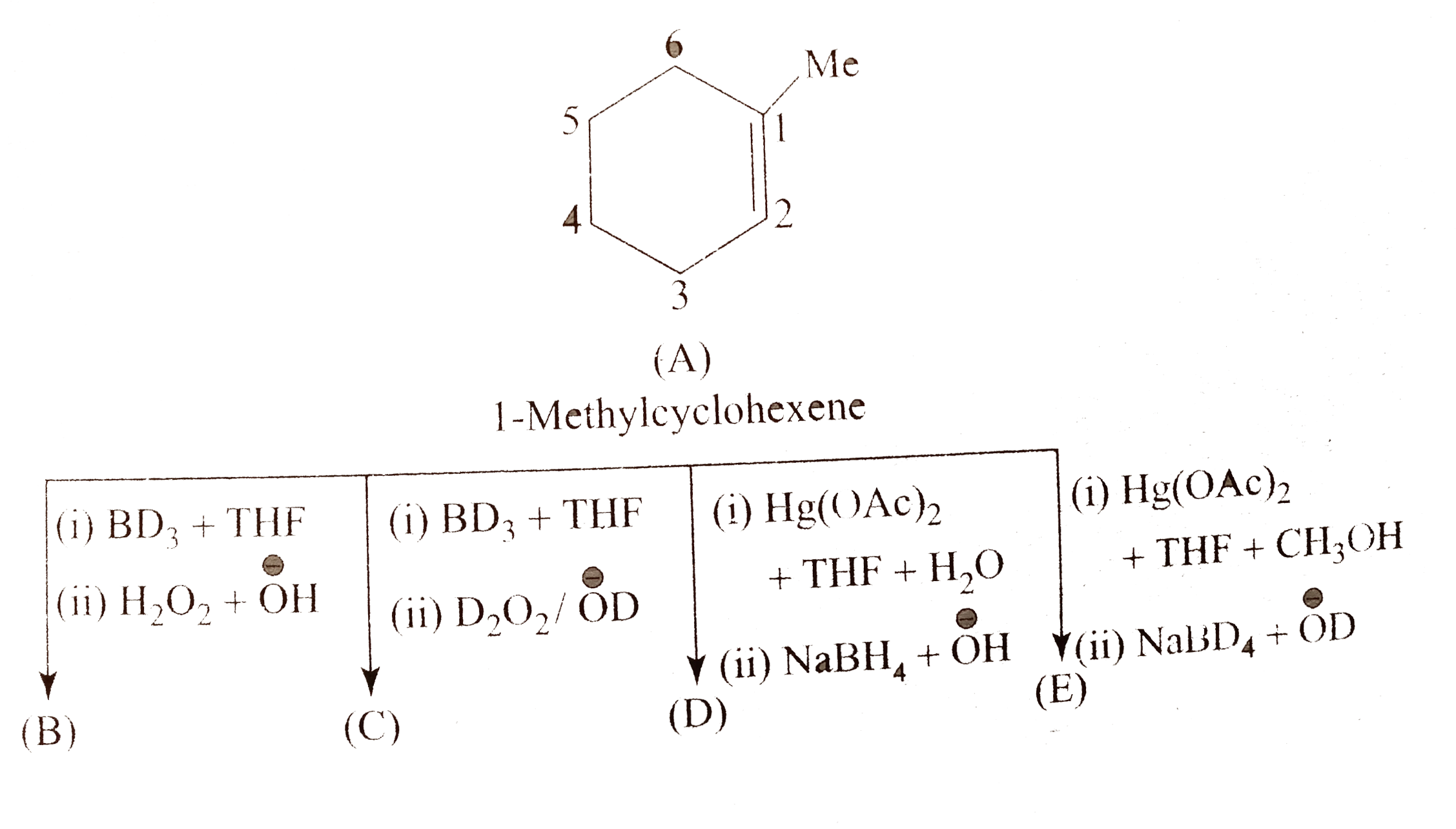
Compound (E) is :
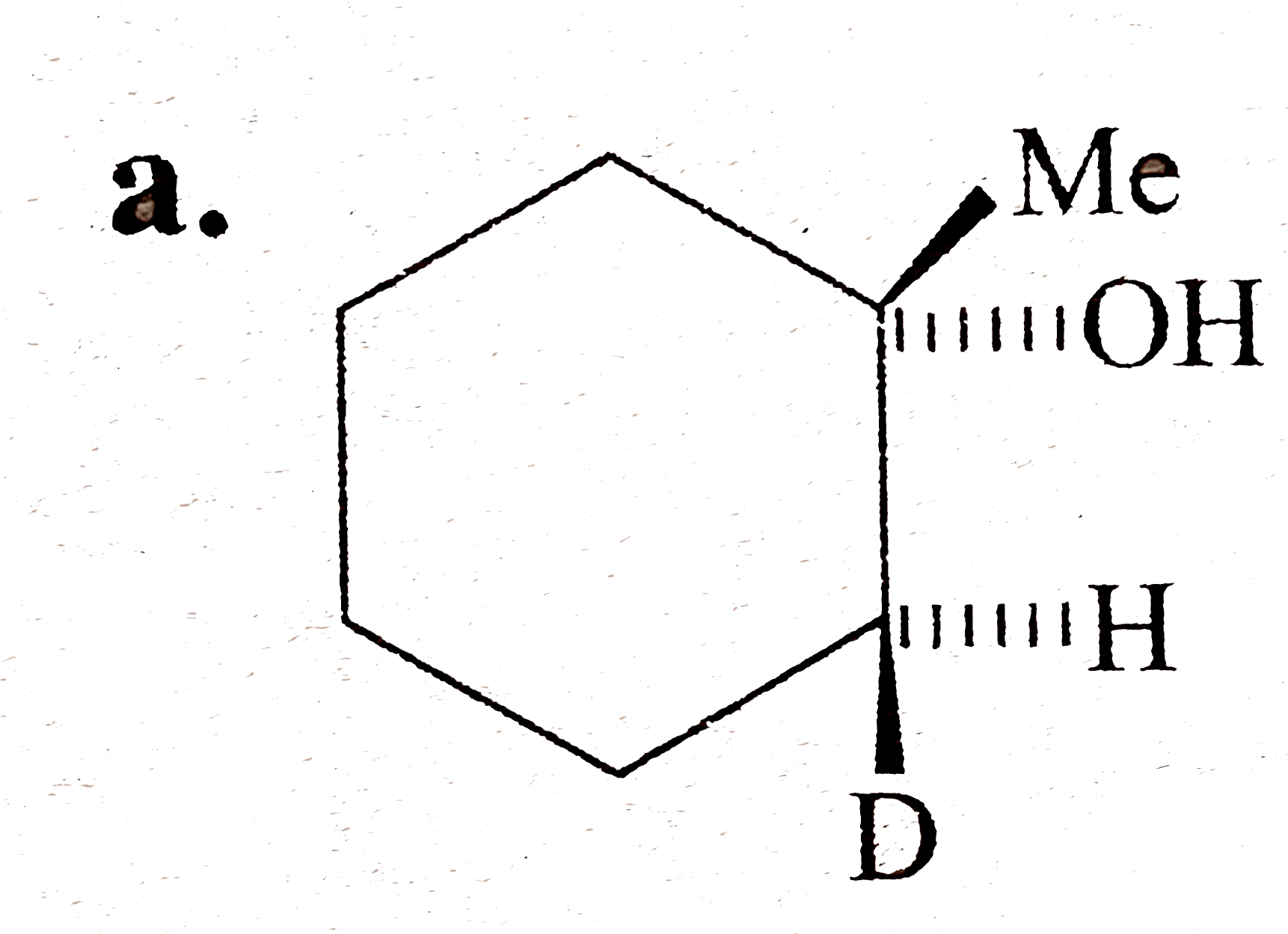
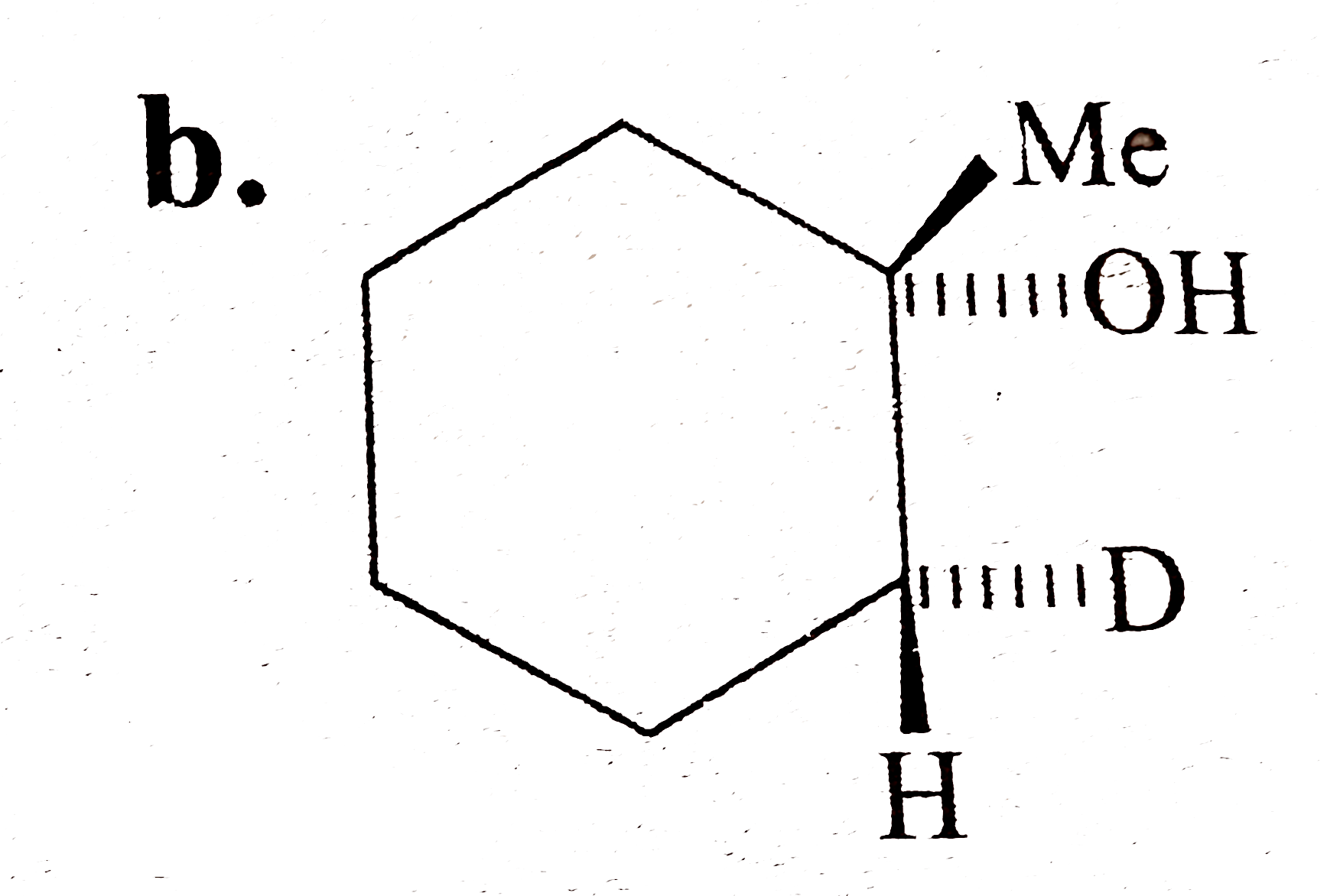
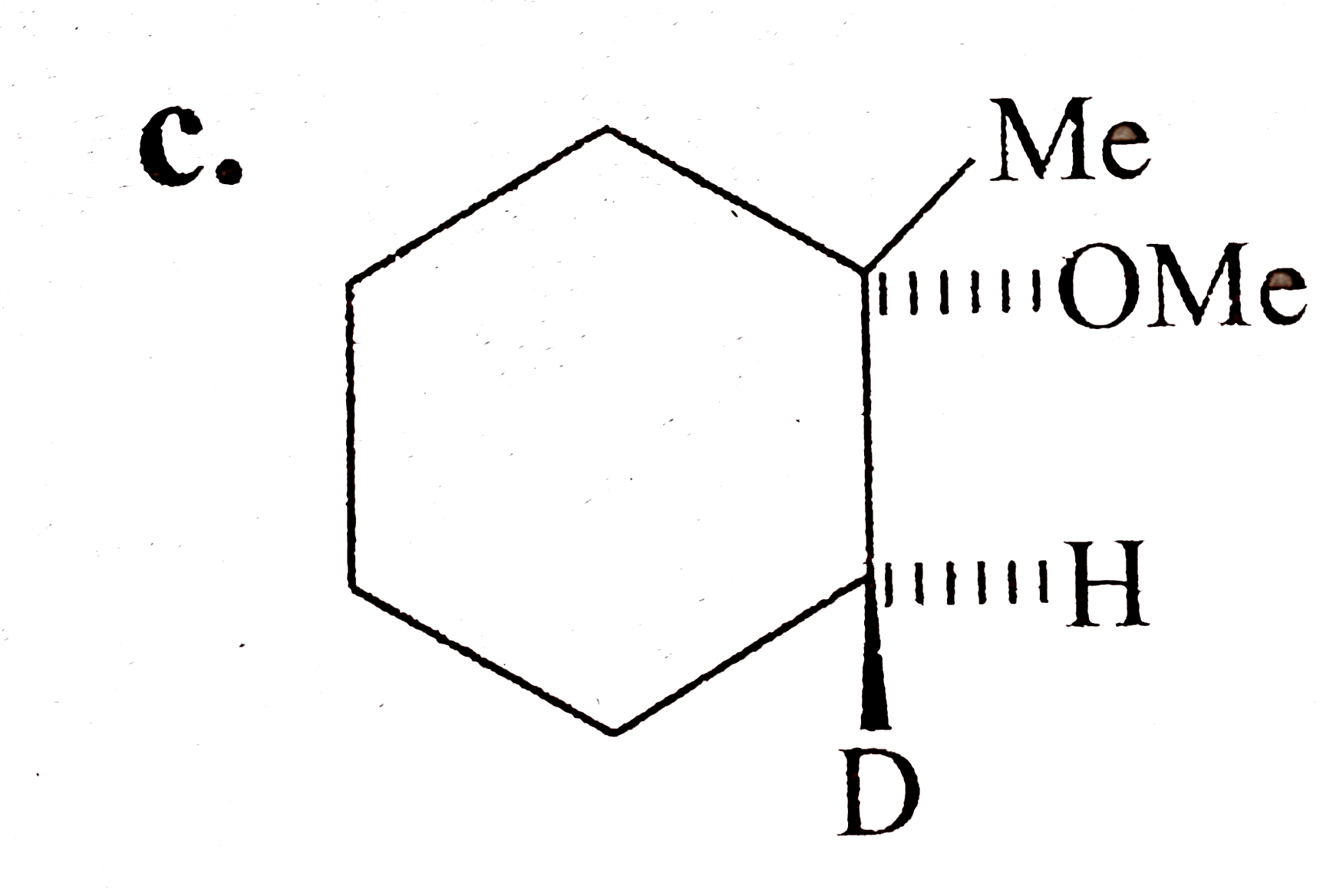
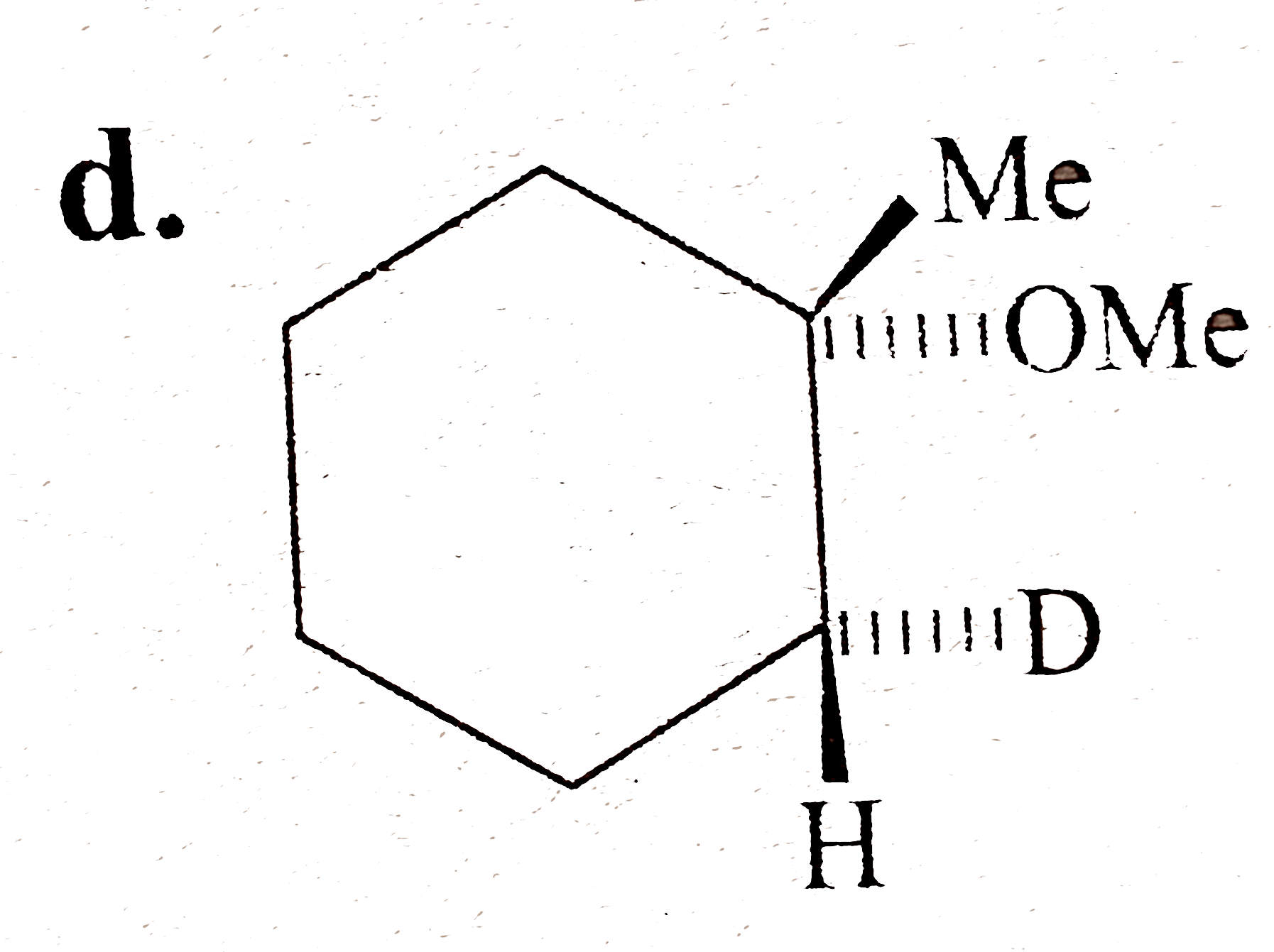
The correct Answer is:c
The reaction is alkoxymercuration− demercuration, so anti− addition of (−Me) group and D(−Me) group at C atom, according to Markovnikov's rule.
Topper's Solved these Questions
- ALKENES AND ALKADIENESBOOK - CENGAGE CHEMISTRYCHAPTER - ALKENES AND ALKADIENESEXERCISE - Multiple Correct Answer Type
41 Videos
- ALKENES AND ALKADIENESBOOK - CENGAGE CHEMISTRYCHAPTER - ALKENES AND ALKADIENESEXERCISE - Single Correct Answer Type
62 Videos
- ALKENES AND ALKADIENESBOOK - CENGAGE CHEMISTRYCHAPTER - ALKENES AND ALKADIENESEXERCISE - EXERCISES
29 Videos
- ALKANES AND CYCLOALKANESBOOK - CENGAGE CHEMISTRYCHAPTER - ALKANES AND CYCLOALKANESEXERCISE - Archives
13 Videos
- ALKYNESBOOK - CENGAGE CHEMISTRYCHAPTER - ALKYNESEXERCISE - Exercises (Archives - Analytical and Desriptive Type)
4 Videos
Similar Questions
Compound X will e
View Solution(i) An aqueous solution of a compound (A) is acidic towards litmus and (A) sublimes at about 300∘C.
(ii) (A) on treatment with an excess of NH4SCN gives a red coloured compound (B) and on treatment with a solution of K4[Fe(CN)6] gives a blue coloured compound (C).
(iii) (A) on heating with excess of K2Cr2O7 in the presence of concentrated H2SO4 evolves deep red vapours of (D).
(iv) On passing the vapour of (D) into a solution of NaOH and then adding the solution of acetic acid and lead acetate, a yellow precipitate of compound (E) is obtained.
Identify (A) to (E) and give chemical equations for the reactions.
View Solution
Knowledge Check
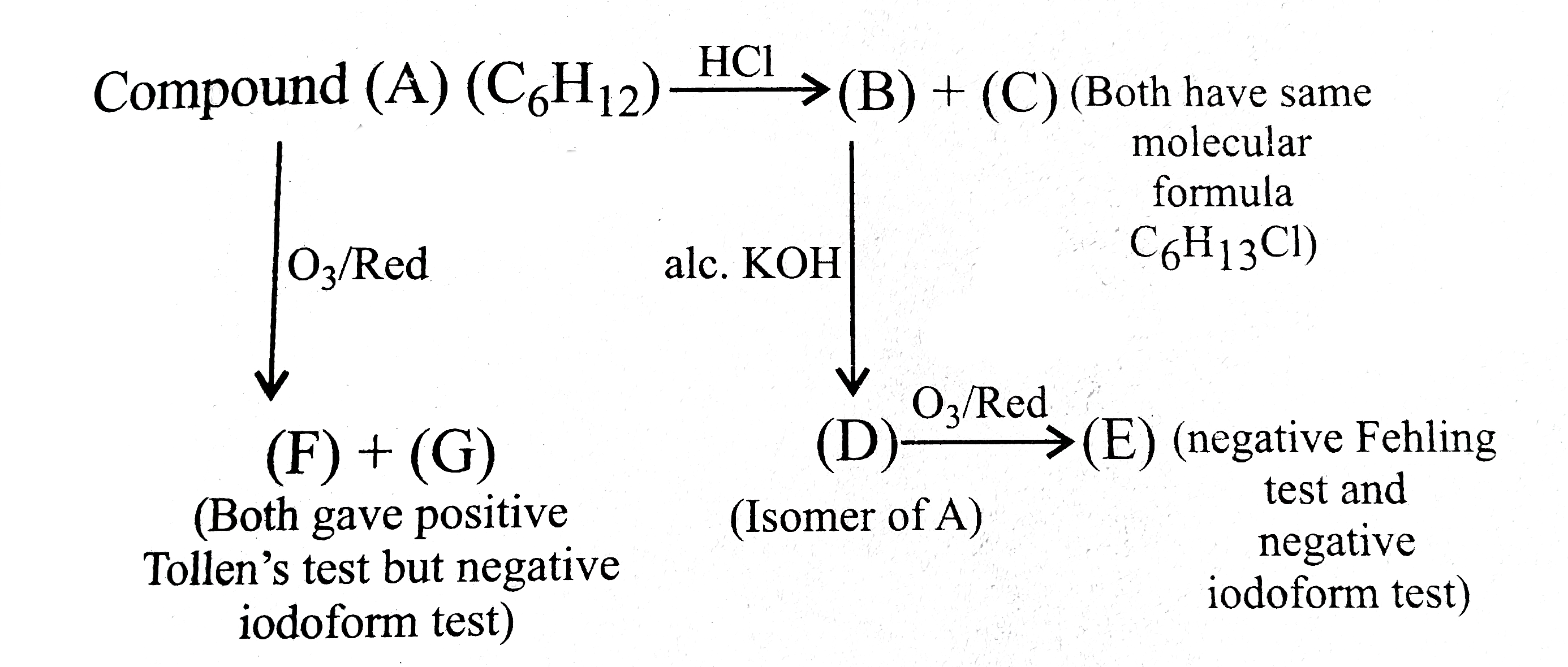
The compounds (E) is:Aa. Bb.HCHO+Me3C−CHOCc.
Bb.HCHO+Me3C−CHOCc.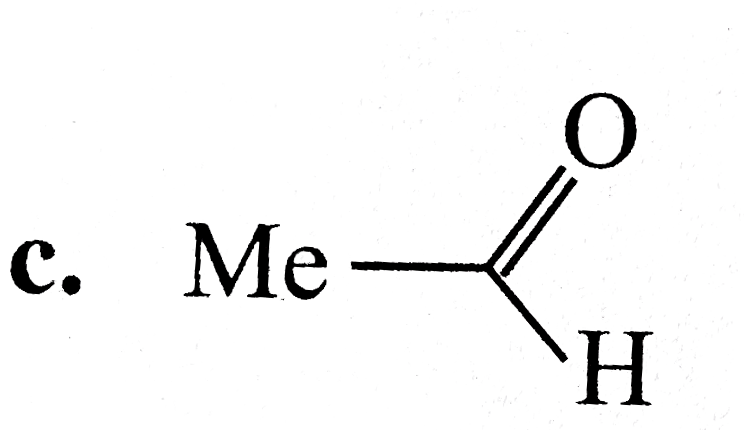 Dd.
Dd.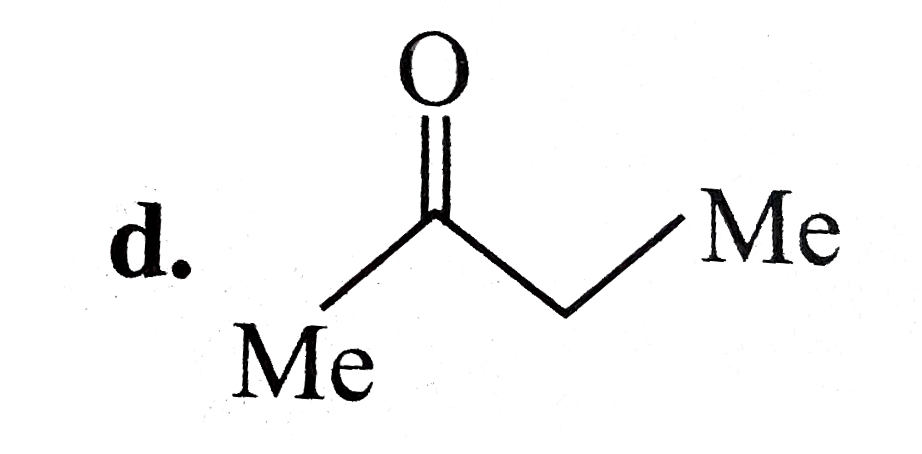
Colourless salt (A) on heating with NaOH gives gas (B). When reaction of (A) with NaOH was complete, solution obtained on reacting FeSO4 and conc. H2SO4 gave a brown coloured ring (C ) between two layers. (A) on heating strongly forms (D ) and (E). Compound (E ) is neutral oxide of a dibasic acid (F).
What is compound (E)ANO2BNOCN2ODN2O3(a) A powdered substance (A) on treatment with fusion mixture gives a green coloured compound (B).
(b) The solution of (B) on acidification with hot dilute H2SO4 gives a pink coloured compound (C).
(c) The aqueous solution of (A) on treatement with excess of NaOH and bromine water gives a compound (D).
(d) A solution of (D) in conc. HNO3 with lead dioxide at boiling temperature produces a compound (E), which has of the same colour as that of (C).
(e) A solution of (A) in dilute HCI on treatment with a solution of barium chloride gave a white precipitate of compound (F), which was insoluble in conc. HNO3 and conc. HCI.
Compound (C) and (E) are coloured due to:Ad-d transitionBcovalent natureCcharge transferDall of these
An organic compound (E)(C5H8), on hydrogenation gives a compound (F)(C5H12). Compound (E) on ozonolysis gives formaldehyde and 2−ketopropanal. Deduce the structure of the compouns (E).
View SolutionA compound (A) C5H9Br on treatment with Mg in dry ether gives a compound (B) which on reaction with acetaldehyde gives an alcohol (C), on mild acidification prolonged treatment of alcohol with equivalent amount of HBr gives a compound (D) which on reaction with alcoholic KOH gives compound (E). compound (E) on ozonolysis followed by treatment with H2∅Zn gives (F). the compound (F) on treatment with base gives 1 acetyl cyclopentene (G). identify (A) to (G).
View SolutionExplain the following observation:
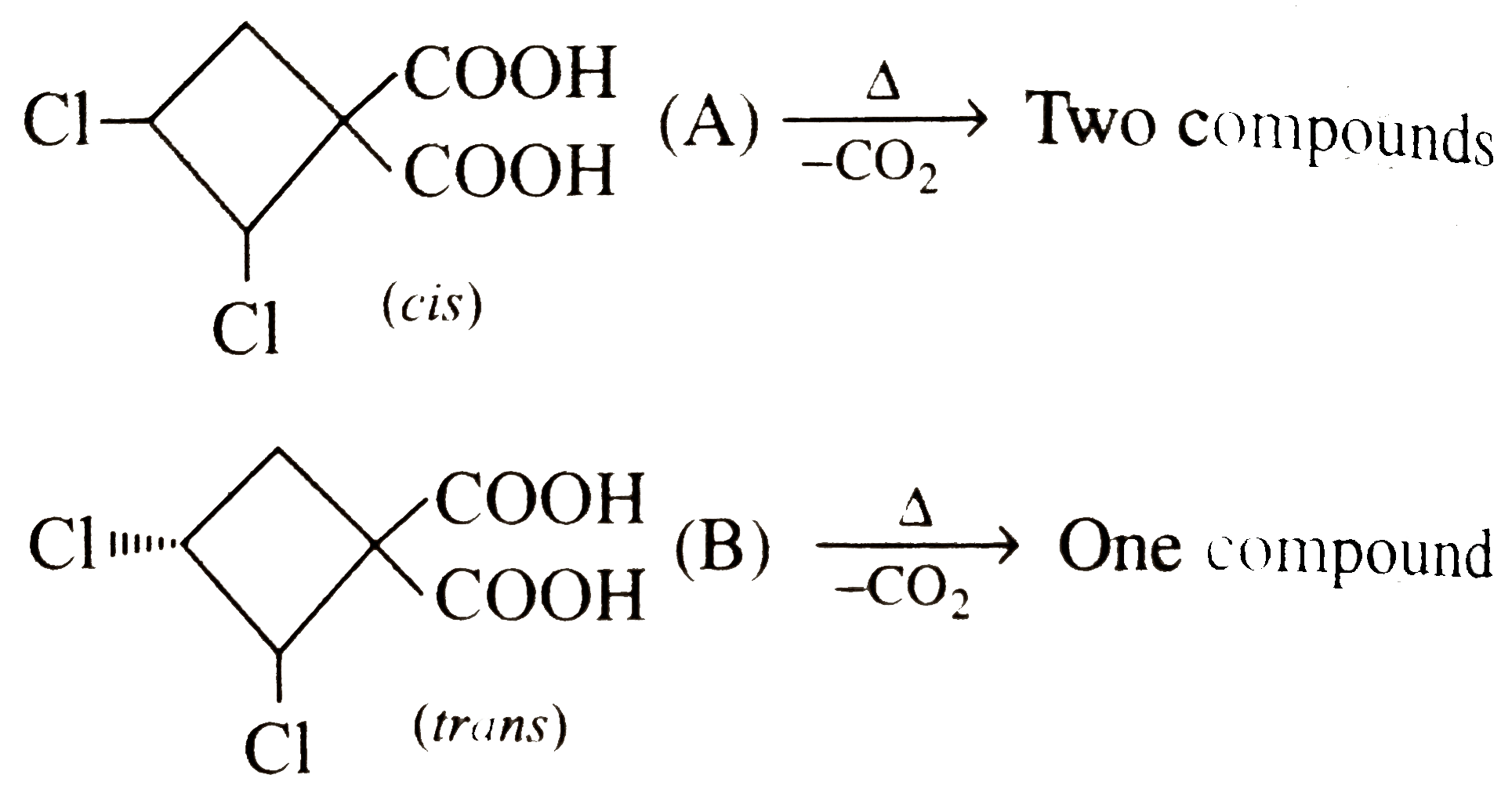 Two compounds (C and D)
Two compounds (C and D)
 One compound (E )
One compound (E )
View SolutionCyclohexene on ozonolysis followed by reaction with zinc dust and water gives compound E. Compound E on furhter treatment with aqueous KOH yields compound F. Compound F is
View SolutionCyclohexane on ozonolysis followed by reaction with zinc dust and water gives compound E . Compound E on further treatment with aq.KOH yields compound F compound F is
View Solution
